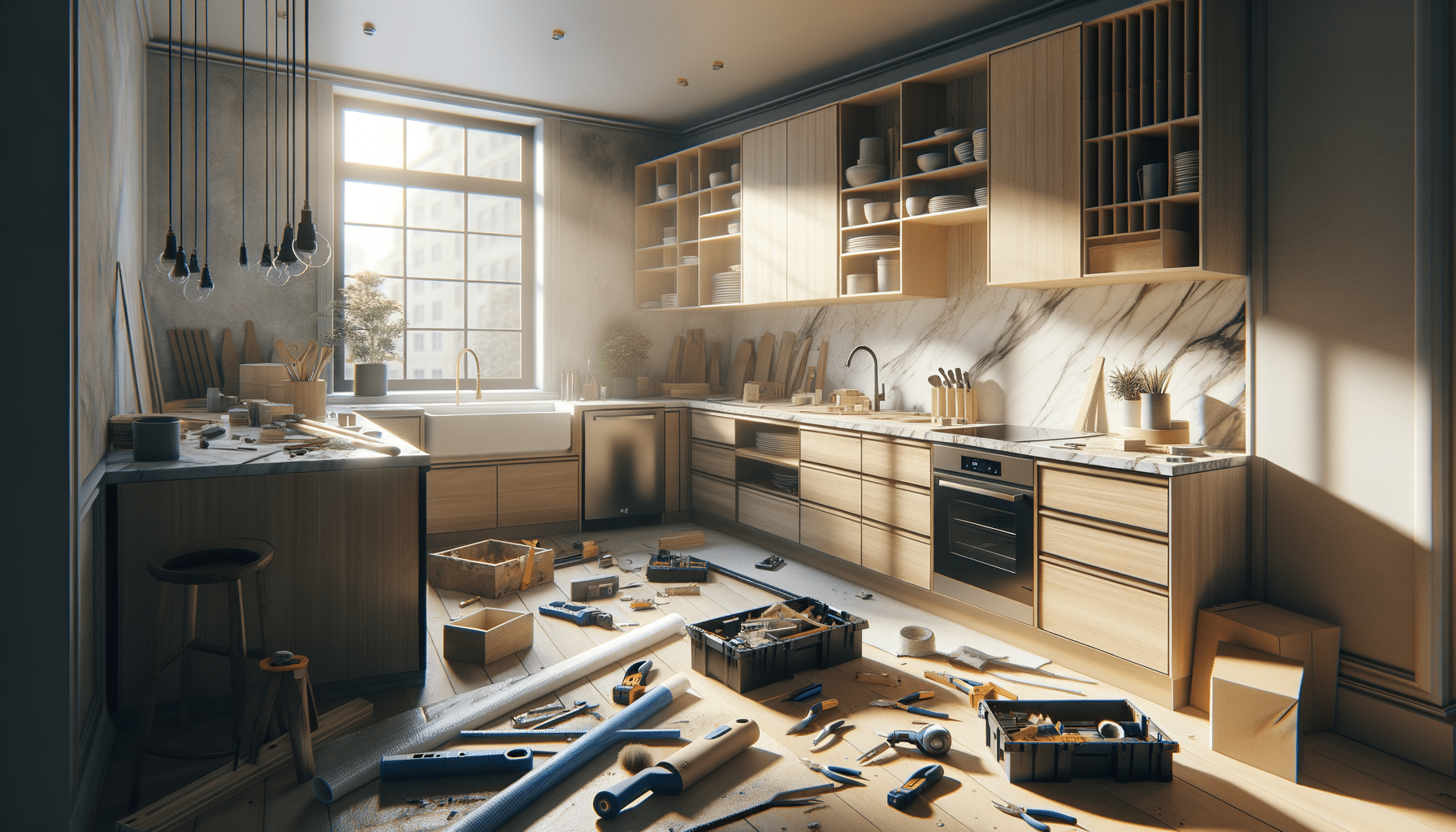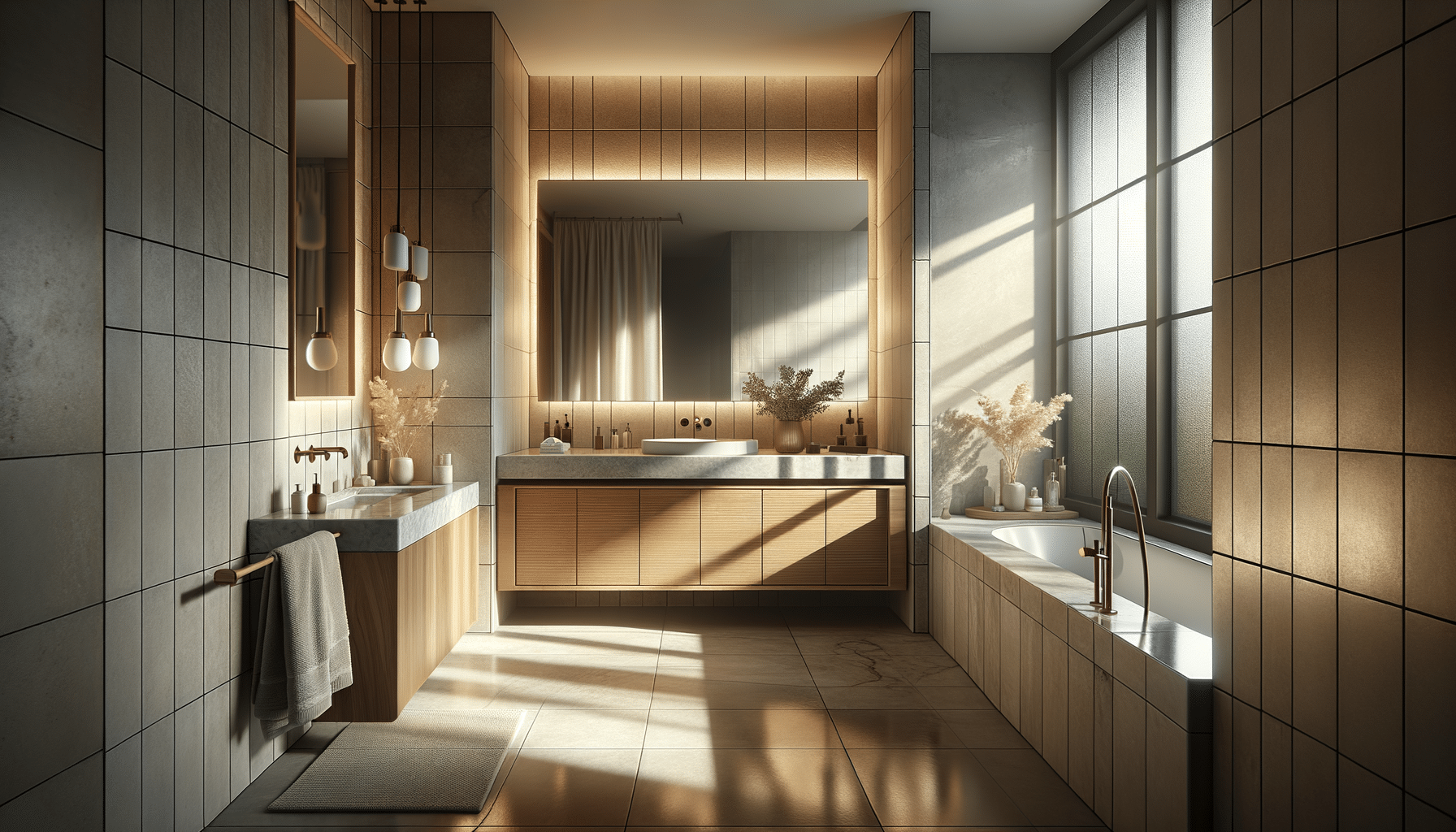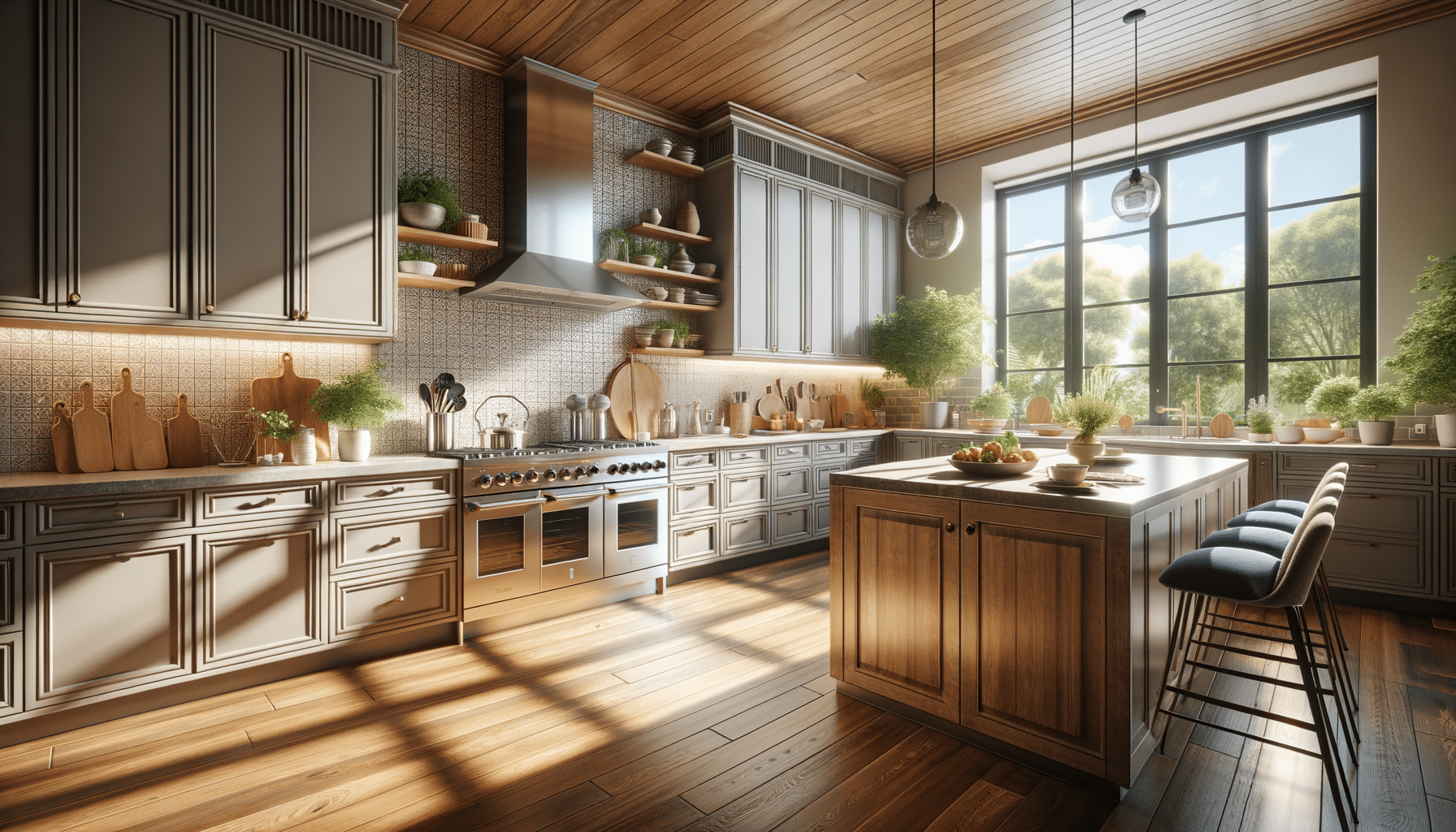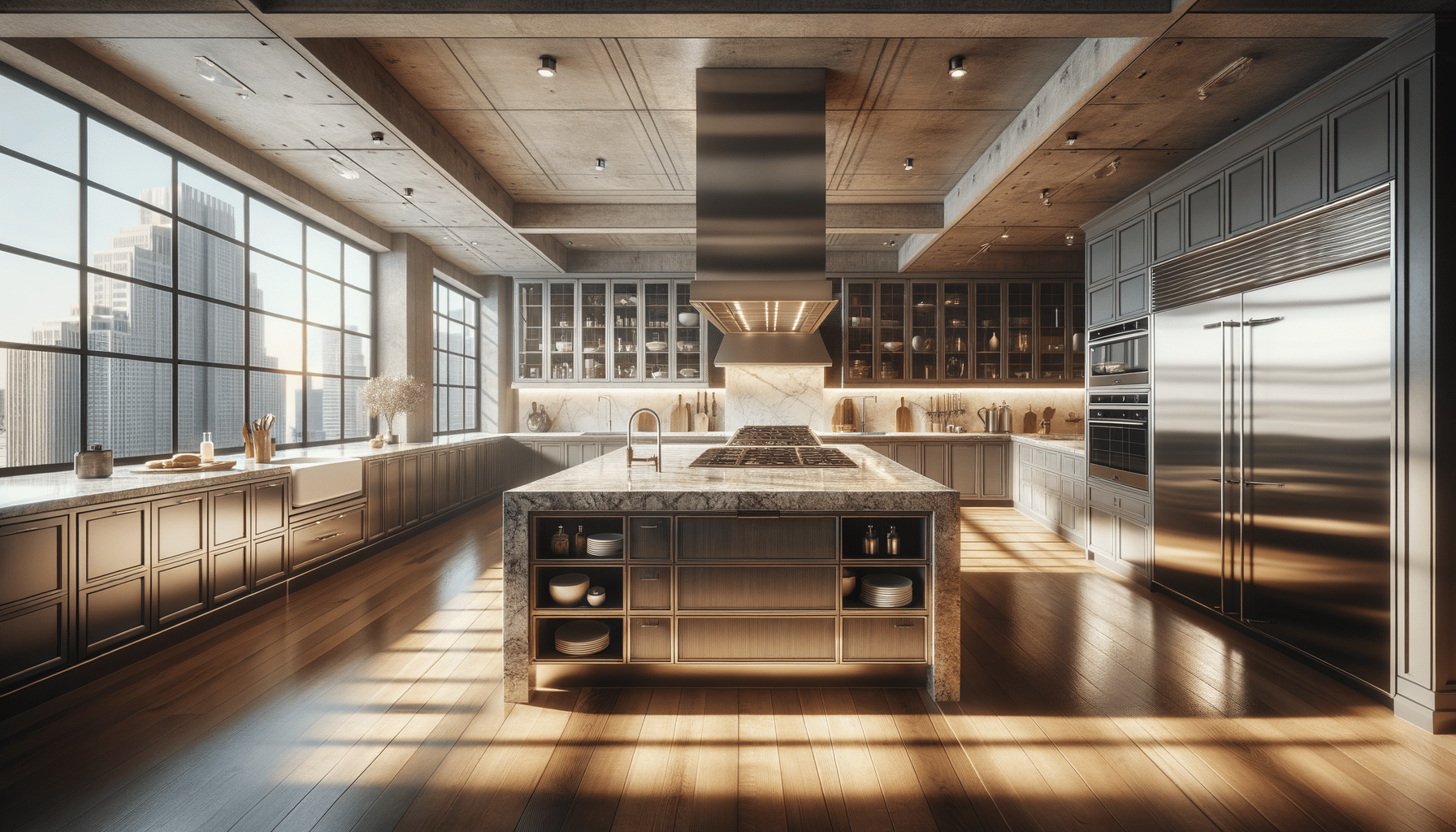
Transforming Your Home: A Comprehensive Guide to Kitchen Remodeling
Introduction to Kitchen Remodeling
The kitchen is often considered the heart of the home, a place where meals are crafted, conversations flow, and memories are made. As such, kitchen remodeling not only enhances the aesthetic appeal of your home but also increases its functionality and value. Whether you’re looking to update an outdated design or create a more efficient cooking space, understanding the essentials of kitchen remodeling can guide you in making informed decisions.
Remodeling your kitchen is a significant undertaking that requires careful planning and consideration. From selecting materials and colors to understanding the importance of layout and ergonomics, each decision impacts the final outcome. This guide delves into the various aspects of kitchen remodeling, offering insights and practical tips to help you create the kitchen of your dreams.
Planning Your Kitchen Remodel
Embarking on a kitchen remodel begins with a solid plan. The planning phase is crucial as it sets the foundation for the entire project. Start by assessing your current kitchen’s layout and identifying areas that need improvement. Consider your lifestyle and how you use the kitchen to determine your priorities. Are you an avid cook who needs more counter space, or do you host large gatherings that require an open floor plan?
Once you have a clear understanding of your needs, establish a realistic budget. Kitchen remodeling can be costly, so it’s important to allocate funds wisely. Factor in expenses such as materials, labor, and unexpected costs. Researching the average costs of kitchen components can help you make informed decisions and avoid overspending.
Finally, hire a professional designer or contractor to help bring your vision to life. Their expertise can provide valuable insights and ensure that your remodel is executed efficiently and effectively.
Choosing Materials and Finishes
The selection of materials and finishes is a pivotal aspect of kitchen remodeling. The choices you make will impact the kitchen’s durability, maintenance, and overall aesthetic. Start by selecting a countertop material that suits your style and functional needs. Options range from natural stone like granite and marble to engineered quartz and laminate, each offering unique benefits and price points.
Cabinetry is another critical component, as it defines the kitchen’s style and provides essential storage. Consider materials such as solid wood, MDF, or metal, and choose finishes that complement your design theme, whether it be modern, traditional, or rustic.
Flooring options are equally diverse, with choices like hardwood, tile, and vinyl each offering distinct advantages. Consider factors such as durability, ease of maintenance, and comfort underfoot when selecting the ideal flooring for your kitchen.
Maximizing Kitchen Functionality
A well-designed kitchen is not only visually appealing but also highly functional. To maximize functionality, focus on the kitchen’s layout and workflow. The classic work triangle, which positions the stove, refrigerator, and sink in a triangular configuration, is a time-tested design principle that enhances efficiency.
Incorporate ample storage solutions to keep your kitchen organized and clutter-free. Utilize space-saving features such as pull-out shelves, lazy Susans, and vertical storage to make the most of available space. Lighting is another critical aspect, as it affects both functionality and ambiance. Combine task lighting, ambient lighting, and accent lighting to create a well-lit and inviting kitchen environment.
Finally, consider integrating modern appliances and smart technology to enhance convenience and efficiency. Energy-efficient appliances not only reduce utility bills but also contribute to a sustainable kitchen design.
Final Touches and Personalization
The final stage of kitchen remodeling involves adding personal touches that reflect your style and personality. Incorporate decorative elements such as backsplashes, hardware, and fixtures to add character and charm. Choose colors and patterns that resonate with you and complement the overall design.
Accessorize with functional yet stylish items like bar stools, rugs, and artwork to create a cohesive look. Plants and greenery can also bring a touch of nature and freshness to the space. Personalization is about making the kitchen uniquely yours, so don’t hesitate to infuse it with elements that make you happy.
Ultimately, a successful kitchen remodel balances aesthetics, functionality, and personal style, resulting in a space that you will enjoy for years to come.


